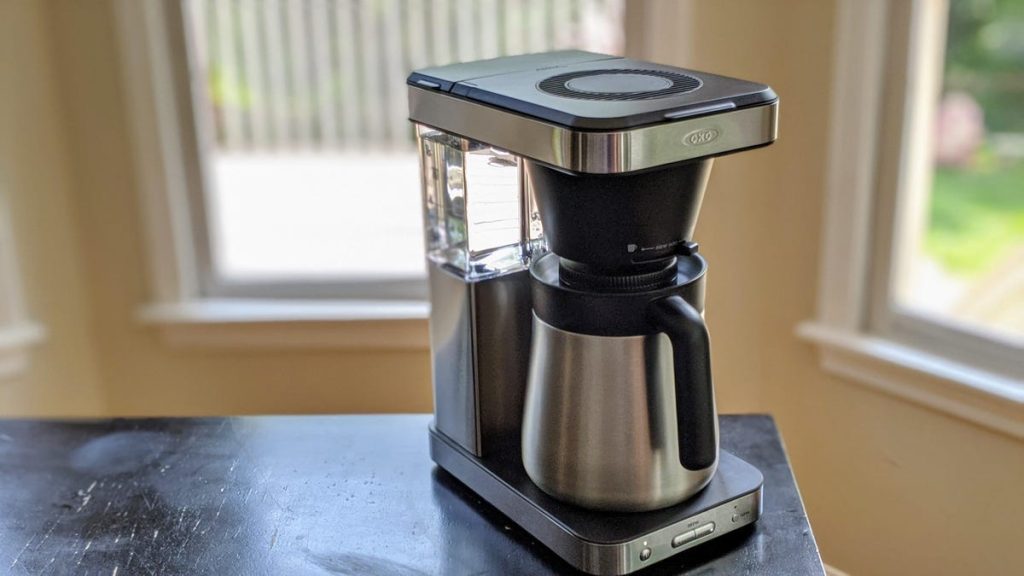Evaluating the performance of a coffee maker involves considering essential criteria for brewing well, such as brewing time and water temperature. The Specialty Coffee Association recommends that hot water should come into contact with grounds for at least four minutes and no more than eight, with an ideal water temperature range of 197-205 degrees Fahrenheit. To assess how well each coffee maker meets these standards, tests are conducted using thermocouple heat sensors connected to industrial-grade data loggers to record the temperature within the grounds during brewing.
In addition to measuring the temperature inside the brewing chamber, samples of the produced coffee liquid are taken and analyzed with an optical refractometer. By factoring in the amount of water and freshly ground coffee used, the Total Dissolved Solids percentage of each brew can be calculated, leading to the extraction percentage. The ideal range for extraction percentage is typically considered to be between 18% and 20%. To further validate this data, taste tests are conducted to ensure that the coffee is not over-extracted, which can result in a bitter taste, or under-extracted, which can lead to a weak or sour flavor. Multiple test runs are performed to determine average results.
In addition to these technical evaluations, common questions about coffee makers are also addressed. This may include information about different types of coffee makers, tips for selecting the right one for your needs, and maintenance and cleaning instructions to ensure optimal performance. By providing answers to frequently asked questions, consumers can make informed decisions when purchasing a coffee maker and properly care for it to ensure longevity and quality brewing results.
Overall, evaluating the performance of a coffee maker involves a combination of technical measurements, including brewing time and water temperature, as well as subjective taste tests to ensure the quality of the final product. By using advanced sensors and data loggers, along with traditional taste testing methods, experts can assess the extraction percentage of each brew and identify any potential issues with over or under extraction. By also addressing common consumer questions and concerns, individuals can make well-informed decisions when selecting and using a coffee maker.


